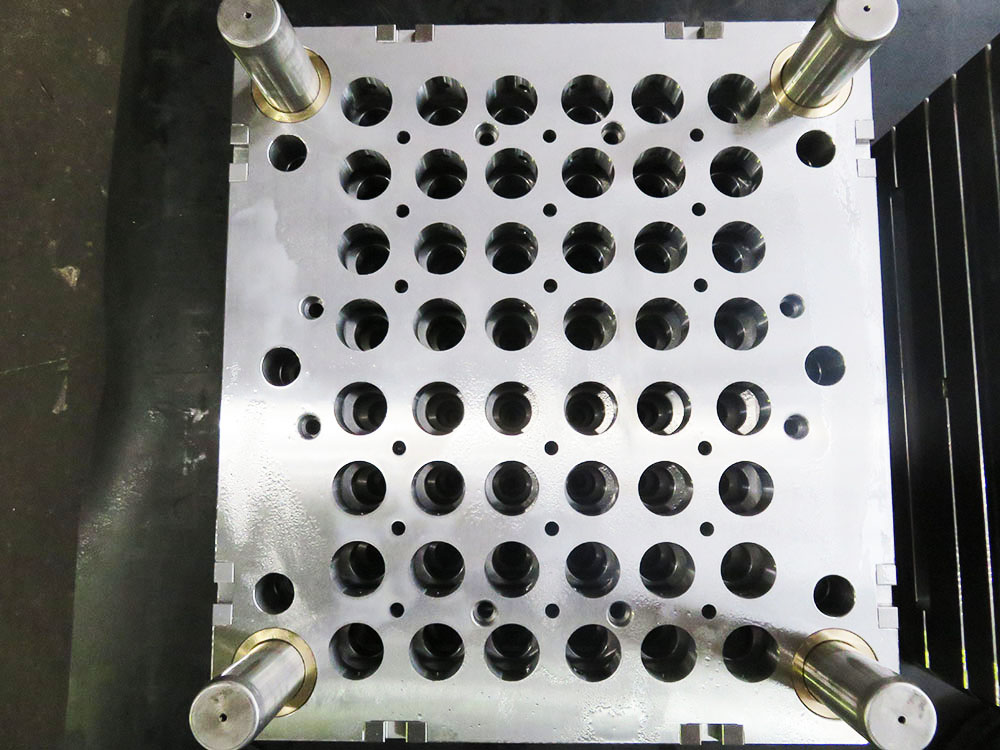How to Choose the Size of a Support Frame Post in the Mold Base Industry
In the mold base industry, selecting the appropriate size for a support frame post is crucial for ensuring the stability and durability of the overall structure. A well-chosen size will provide adequate support and minimize the risk of failure or damage during mold operation. In this article, we will outline a systematic approach to help you make an informed decision when choosing the size of a support frame post.
1. Analyze the Load Requirements
The first step in choosing the size of a support frame post is to analyze the load requirements. Consider the weight and dimensions of the mold that the support frame will hold. Additionally, factor in any additional loads, such as when the mold is in operation or undergoing maintenance. This analysis will help determine the maximum load that the support frame post needs to bear.
2. Determine the Material
The material of the support frame post significantly influences its strength and load-bearing capacity. Common materials for support frame posts include steel and aluminum. Steel offers excellent strength and durability, making it ideal for heavy-duty applications. On the other hand, aluminum is lighter but still possesses sufficient strength for many mold base requirements. Consider the specific needs of your application and choose a material accordingly.
3. Consider the Required Safety Factors
In addition to the load requirements, it is essential to consider the required safety factors for the support frame post. Safety factors ensure that the post can withstand unexpected or excessive loads without failing. Standard industry practice is to use a safety factor of at least 3 to 5, depending on the specific application and material chosen. By considering the safety factor, you can ensure that the support frame post provides robust and reliable support.
4. Evaluate the Available Sizes
After determining the load requirements, material, and safety factors, it is time to evaluate the available sizes of support frame posts. Manufacturers usually provide a range of standard sizes to choose from. Review the specifications and dimensions of each size to identify those that meet your requirements. Pay attention to both the outer diameter and the wall thickness as these factors can affect the overall strength and stability of the post.
5. Consider Practical Limitations
While the load requirements, material, and safety factors play a crucial role in selecting the size of a support frame post, it is also essential to consider practical limitations. These limitations can include space constraints, weight restrictions, and specific regulations or guidelines in your industry. By considering these practical limitations, you can ensure that the support frame post not only meets the technical requirements but also aligns with the practical needs of your application.
6. Seek Professional Advice
If you are unsure about any aspect of choosing the size of a support frame post, it is always advisable to seek professional advice. Consulting with experts in the mold base industry can provide valuable insights and guidance tailored to your specific needs. They can help you navigate through technical complexities and assist in making the most suitable choice for your application.
In conclusion, selecting the appropriate size of a support frame post in the mold base industry requires a systematic approach. By analyzing load requirements, considering the material and safety factors, evaluating available sizes, and accounting for practical limitations, you can make an informed decision. Remember to seek professional advice when needed to ensure optimal performance and safety in your mold base applications.




